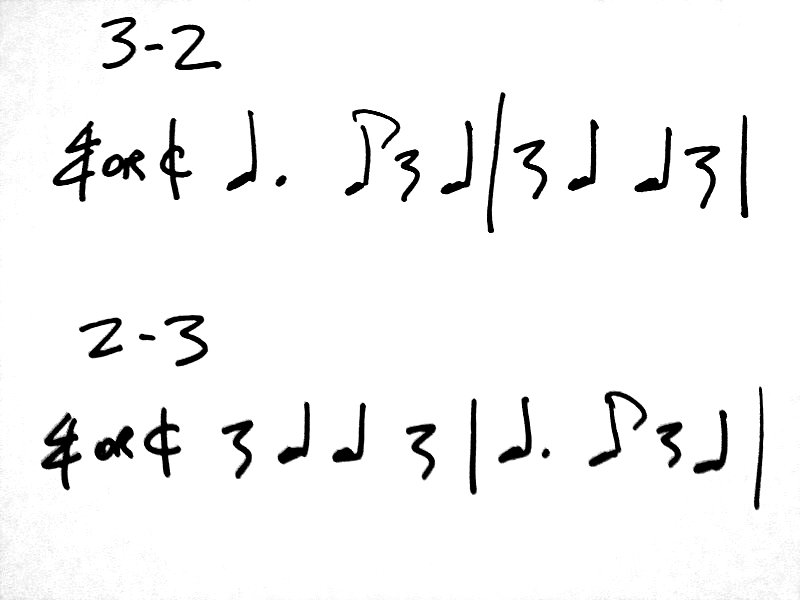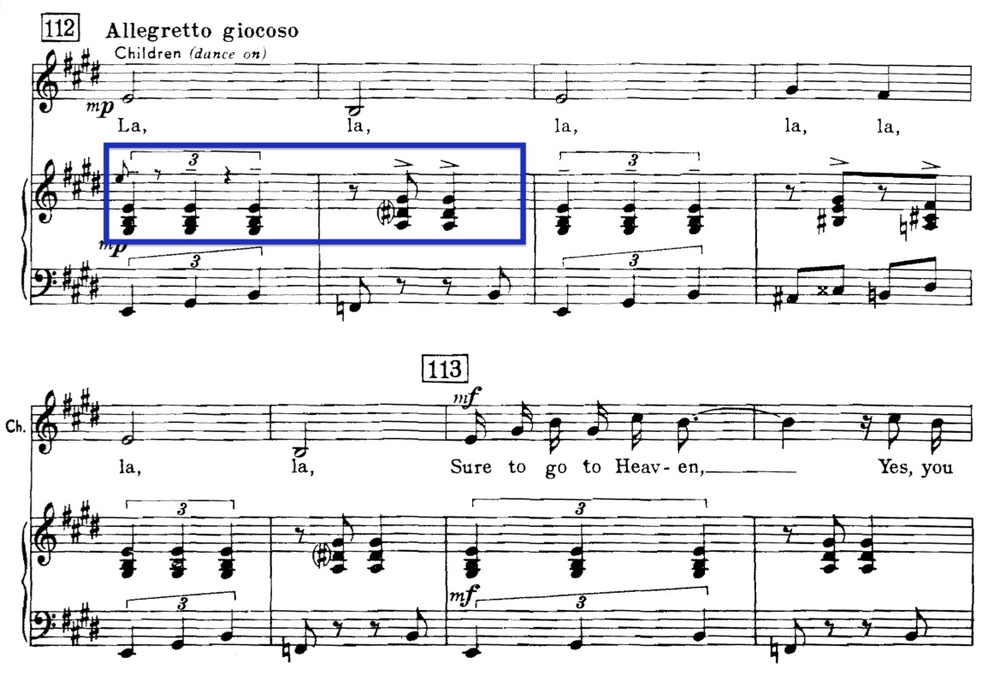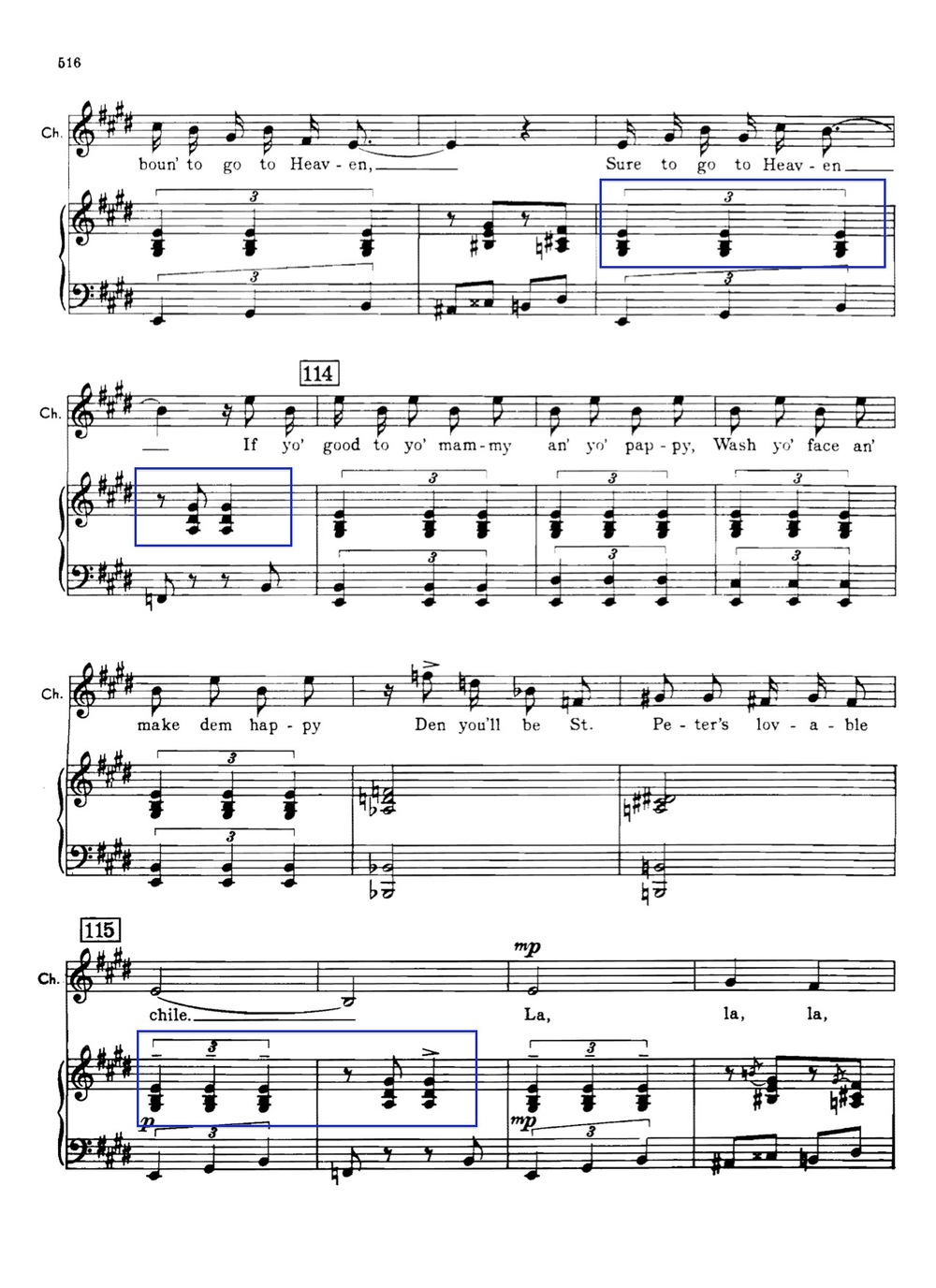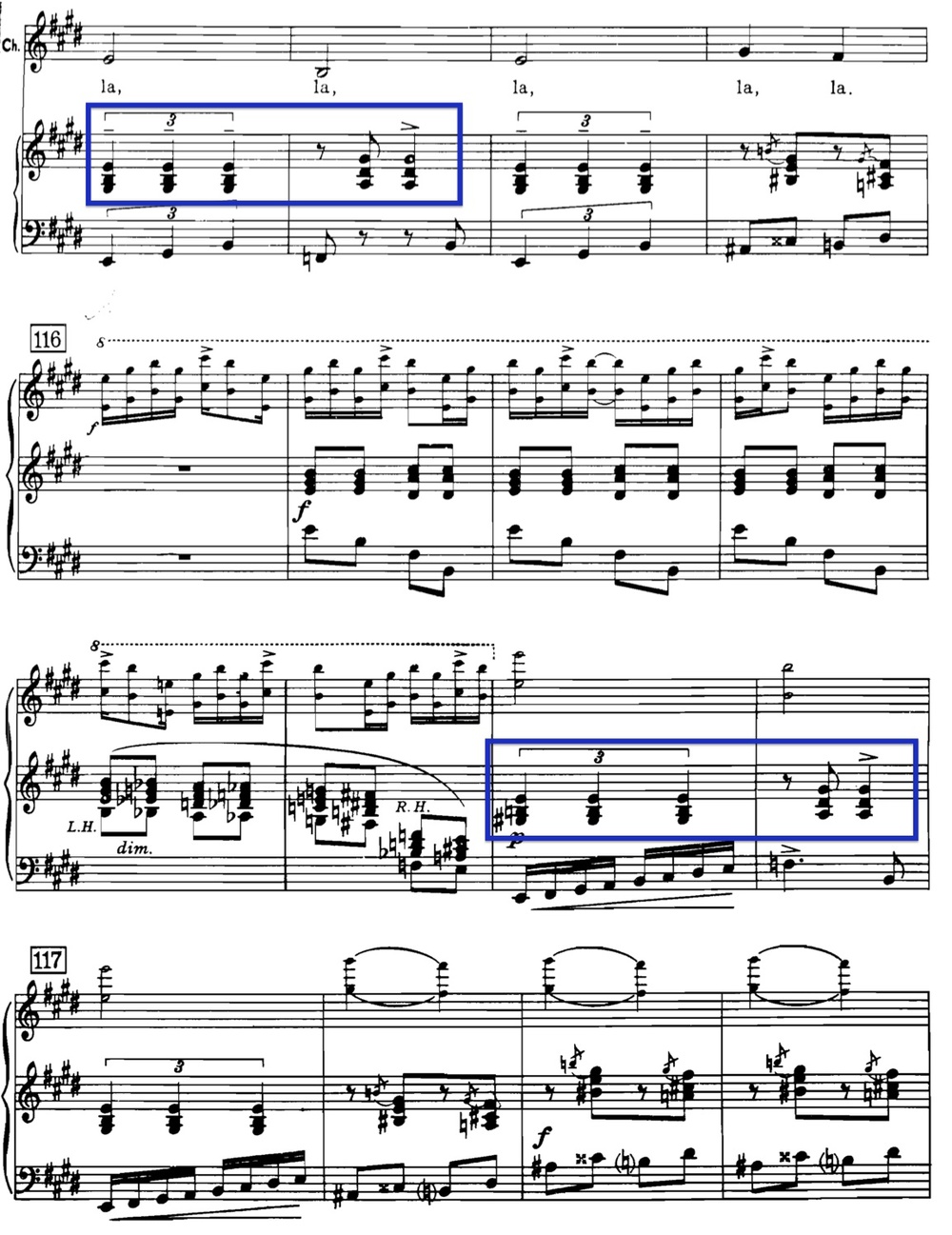The Honey Men Cometh
 I've enjoyed a lot of @MMmusing's videos he's posted to YouTube. I sent out a friendly challenge the other day for a mash-up of John Adams Nixon in China and China Gates, which was responded with a mash-up of Sleigh Ride and Short Ride in a Fast Machine (I love his animation!).
I've enjoyed a lot of @MMmusing's videos he's posted to YouTube. I sent out a friendly challenge the other day for a mash-up of John Adams Nixon in China and China Gates, which was responded with a mash-up of Sleigh Ride and Short Ride in a Fast Machine (I love his animation!).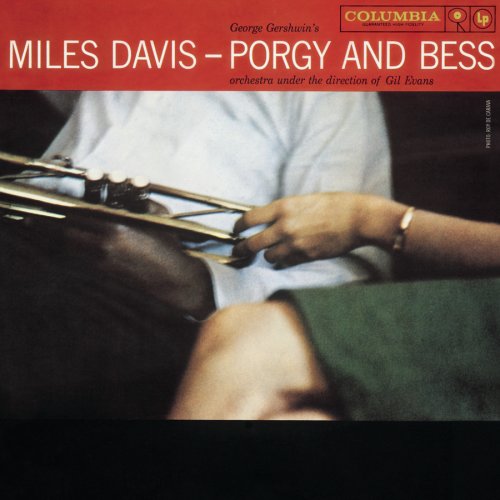
My first attempt at this is a combination of Gil Evans'/Miles Davis' version of Here Come de Honey Man combined with the original operatic version (here taken from the 1989 Sir Simon Rattle recording). It's short - less a minute - but it's a start!
They're both in the same key, which made this easy, and the Evans version is about twice as long as the original (there's a fade out on the Evans/Davis album). Is the hypnotic feeling of the Evans version recreated here, or is it just more chaotic?
Check out more of @MMmusing's videos on his YouTube page and read his blog. You also need to watch his "12 Composers of Christmas" - it's great! (And pass it on so it hits 10,000 views this season.)
Subscribe to my YouTube channel here (or by clicking the image on the left).
